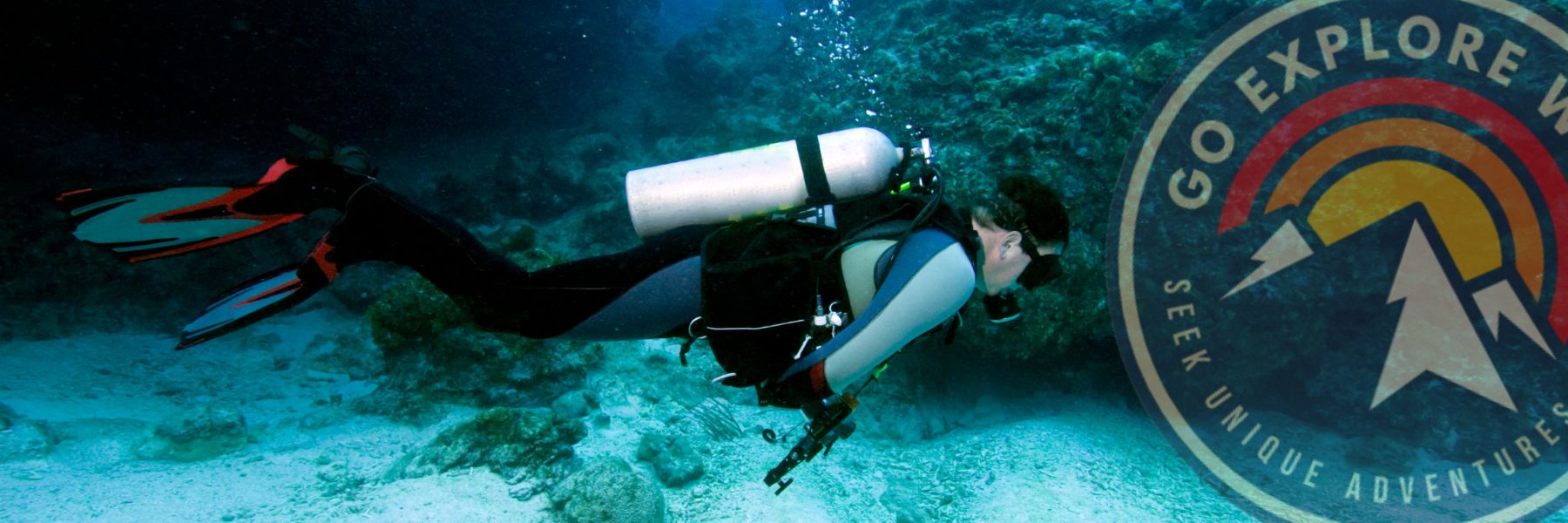Contents
Travel plans for Costa Rica? Well, being aware of the currency and availability of cash is vital to smooth travel. In this travel guide, you will find details on the currency in Costa Rica, ATM usage, and money handling tips, which will make you feel very professional about everything regarding this topic.
Costa Rica’s Currency: The Costa Rican Colón
The colón CRC is the local currency named after Christopher Columbus (yup, in Spanish he’s Cristóbal Colón). Naturally, you will see around the symbol ₡; as most currencies, it is divided into 100 céntimos-although to be brutally honest, you probably won´t deal with them much. Basically speaking, you are going to be using coins of ₡10, ₡25, ₡50, ₡100, and ₡500; denominations of notes start from ₡1,000 to ₡20,000.
Now, if you’re bringing US dollars – don’t sweat it – a lot of tourist spots will take them, but if you’re going to local markets or hopping on a bus or grabbing a snack off the roadside, it’s much easier to pay in colones. Good to always have a few in your pocket just in case.

Credit Cards in Costa Rica
In general, Costa Rica is a tourist-friendly country, but it’s best to keep an eye on your transactions. While credit card fraud is rare, it does happen. Keep your card under your watch and never use it outside of your view (e.g., restaurants and shops). For example, check your bank statement and inform them immediately of any unusual charges.
Tips for using credit cards in Costa Rica
Credit cards are now becoming common in Costa Rica’s most touristy areas. A few things to remember:
- Accepted Cards: almost all Visa and Mastercard, relatively few American Express. Little to no acceptance of Discover.
- Foreign Transaction Fees: Ask your bank whether it will charge fees for international transactions. Certain ones are fee-free benefits, which saves money.
- Small Purchases: Some minor shops and local vendors may accept cash only, so having some colones on you is good.
Using ATMs in Costa Rica
Automated Teller Machines can be said to be integral components of almost every city as well as tourist destination within Costa Rica. Most ATMs dispense money in colones and a few might give USD cash. To make sure that your card can work abroad, it would be a good idea informing your local bank about the travel plans. Similarly, ask for the fees related to foreign transactions.
Tips to Easily Withdraw and/or Use ATMs in Costa Rica
What you should know about ATMs:
- Access: ATMs are available almost everywhere and are even found in small towns, in addition to cities and tourist areas. Look for “Banco Nacional” or “BAC San José” in order to find an ATM that can reliably dispense cash.
- Fees: For cash withdrawals, most ATMs will charge a fee ranging from about 2,000 to about 5,000 CRC. Check with your bank to see whether it actually reimburses international ATM transaction fees.
- Limits: There are differences when it comes to ATM withdrawal limits, but they usually range from 100,000 to 200,000 CRC in a day. If you need a larger amount, you should plan yourself well.
Safety Tips:
- Do not use isolated ATMs. Choose an ATM inside a bank or secure area to avoid skimming devices.
- Hide your PIN by covering the keypad with your other hand.
- Come with only the money you may need for the day and leave the rest in a secure place.
Acceptance of US Dollars
Most Costa Ricans, particularly in the tourist zones, accept US dollars (USD). However, be cautious: smaller denominations are preferred since larger bills may or may not be accepted, and getting change from them may prove tricky. Keep in mind that when you pay in US dollars the cash amount usually gets rounded up, and the shopkeeper will give you change in colones, which could have turned out to be rather a terrible rate for you.
Checking Current Exchange Rates
For the most accurate and up-to-date exchange rates, refer to the Central Bank of Costa Rica’s official website. As of March 10, 2025, the exchange rates are:
- Purchase USD: ₡499.65
- Sale USD: ₡508.44
Regularly checking these rates can help you make informed decisions when exchanging money or making purchases.

My Experience with Currency in Costa Rica
During my first trip to Costa Rica, I found that having both colones and US dollars was beneficial. In major cities like San José, most establishments accepted credit cards, and ATMs were readily available. However, in more remote areas, cash was king, and smaller vendors preferred colones. I also noticed that while USD was accepted, prices were sometimes rounded up, making payments slightly more expensive. Therefore, carrying local currency ensured smoother transactions and better value. Now years living in Costa Rica, I know that my first impressions were correct. I rather not move from home without cash because often without it it is impossible to buy anything.
Costa Rica’s Currency – Tips for Travelers
- Carry Small Bills: Whether in colones or USD, small denominations aid easier transactions; small amounts may matter a lot more in local markets.
- Use ATMs Wisely: For added safety, go to an ATM within a bank, and keep in mind any withdrawal fees your home bank may apply.
- Stay Informed: As the exchange rate changes, check the Central Bank website regularly to make sure that you are not being taken advantage of.
Familiarization with Costa Rica’s currency and payment practices will allow you to feel confident as you traverse the territory and to enjoy fully all the experiences the marvelous country has to offer.






